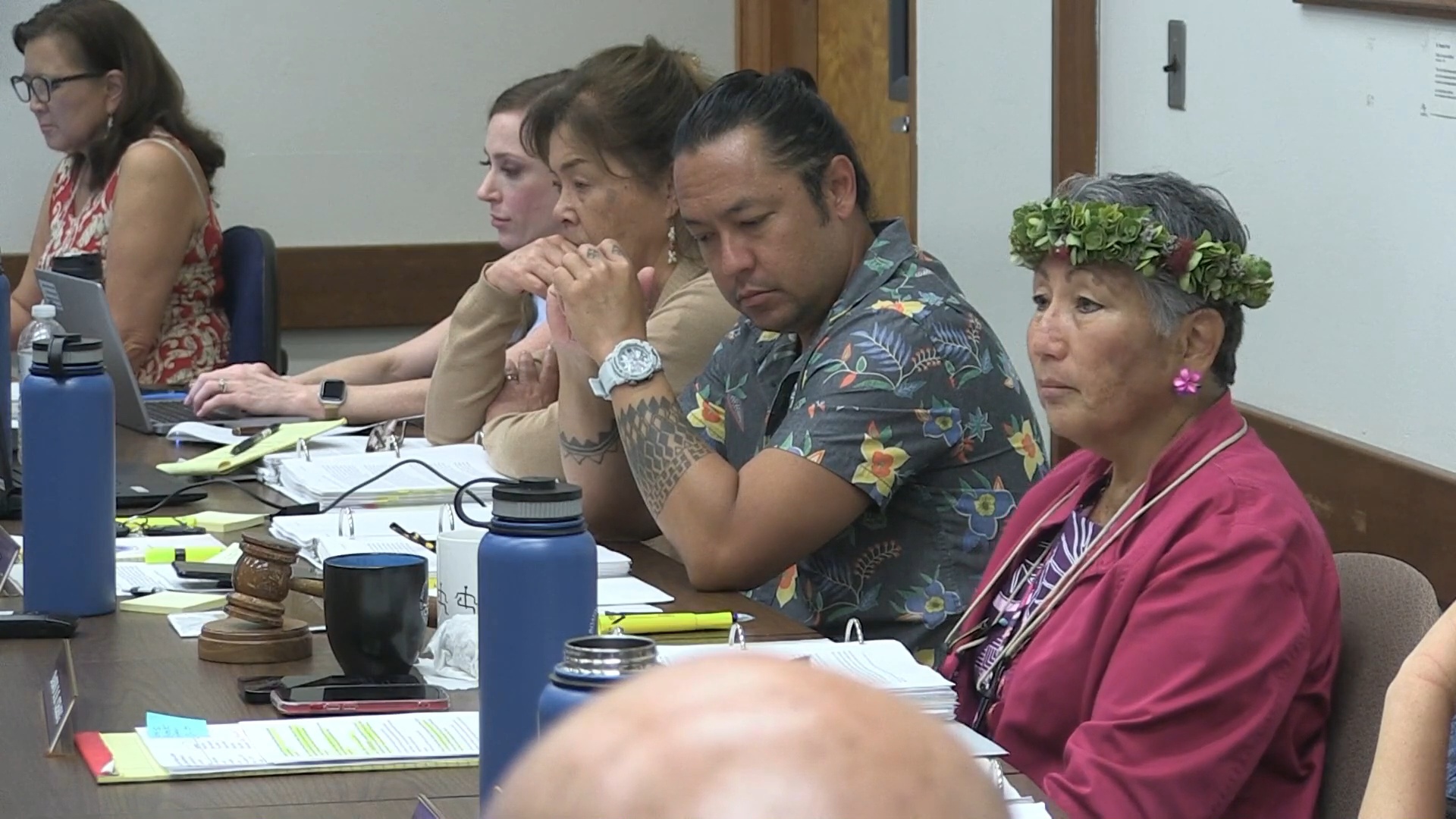(BIVN) – Kapapala Ranch in Kaʻū was a part of a recent presentation given to the Hawaiʻi Board of Land and Natural Resources concerning its compliance with Act 90, which sets forth a process to transfer non-ag park lands from the Department of Land and Natural Resources to the Department of Agriculture for agricultural production.
From the Hawaʻi DLNR:
In 2003, the Legislature passed Act 90 which set forth a process for the Department of Land and Natural Resources (DLNR) to transfer non-ag park lands to the Department of Agriculture (DOA) for agricultural production. It requires a cooperative working relationship between both DLNR and DOA and their respective boards. An April 28, DLNR Land Division update to the Board of Land and Natural Resources (BLNR) included compliance with Act 90, current interdepartmental negotiations, and next steps.
In the 20 years since its enactment, more than 250 leases, revocable permits, and vacant parcels representing more than 38,000 acres of crop and pasture lands have been transferred to the DOA and the Agribusiness Development Corporation. These efforts promote economic and industrial progress and are rooted in a shared goal of responsible land stewardship.
Over the last several months, DLNR and DOA have met regularly to discuss implementation of Act 90. Chairpersons for both departments understand and appreciate the collaborative process Act 90 calls for and are willing to compromise and work together for the benefit of the state.
“It’s been a collaborative process,” said BLNR Chair Dawn Chang. “Some land transfers are simple and straightforward. Other are more complicated, due to multiple use classifications, inherent resource values – conservation, cultural, recreational – or other factors. We need to ensure DLNR fulfills its mission and public trust obligations.
However, I am confident that the pasture leases we propose to transfer, that include Kapapala Ranch and KK Ranch, are being stewarded in a pono manner. When they longer are being used in agricultural purposes, the land will revert back to DLNR.”
Many of the lands for transfer include important cultural sites and recreational features like trails and hunting areas, and forestry lands critical for watershed protection.
Some lands may contain remnant native forests or are strategic restoration sites containing a seedbank of koa and other natives. DLNR oversight of these lands provides flexibility to re-evaluate areas for their highest and best use, which is key in changing land and climate conditions. If threats cause any changes, the DLNR will reevaluate to determine if land would be more appropriately managed by DOA.
DLNR is currently negotiating with the DOA and ranchers to determine which transfers are acceptable, to develop allowances ensuring public access and hunting opportunities, and to decide which areas DLNR will retain consistent with its mission.
The departments have an ambitious schedule to process as many parcels as possible through agreement by the two boards by Dec. 31, 2023. The departments will also work to process executive orders that finalize the transfers.


by Big Island Video News11:09 pm
on at
STORY SUMMARY
KAʻŪ, Hawaiʻi - The Hawaiʻi DLNR Land Division gave an update on its compliance with Act 90 during an April 28th land board meeting, including the status of lands at Kapapala Ranch.